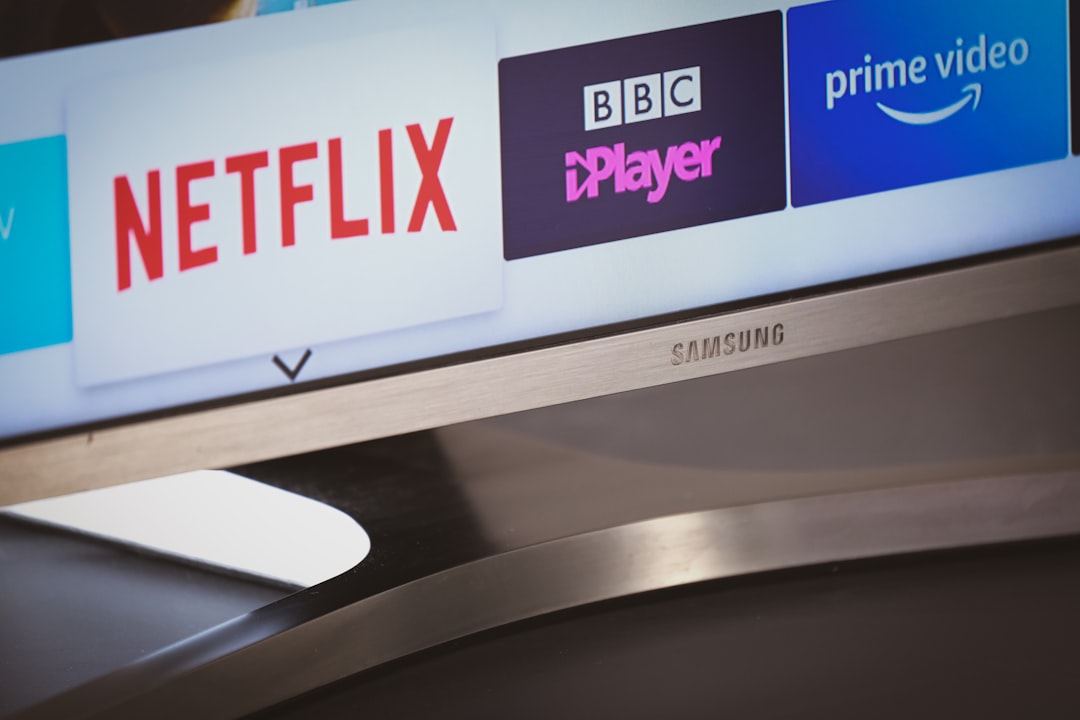What began as a relatively modest online DVD rental service has transformed into one of the world’s leading entertainment providers. Netflix, now a global streaming giant and content creator, has had a remarkable journey since its inception. Understanding how and when Netflix began provides insight into its innovative spirit, adaptability, and impact on the media landscape.
Founding and Early Vision
Table of Contents
Netflix was founded on August 29, 1997, by entrepreneurs Reed Hastings and Marc Randolph in Scotts Valley, California. The idea for the company reportedly arose when Hastings was charged a $40 late fee for a rented VHS copy of the film Apollo 13. He wondered whether a better rental model could be created—one that eliminated late fees entirely. This incident sparked a partnership between Hastings, a computer scientist and mathematician, and Randolph, a seasoned marketing executive with a passion for technology and innovation.
The timing of Netflix’s foundation was critical. In the late 1990s, DVD technology was just beginning to replace VHS tapes. DVDs were lighter, easier to mail, and more durable, making them ideal for a mail-order video rental service. This technological shift provided an opportunity for Netflix to disrupt the traditional brick-and-mortar video rental model dominated by companies like Blockbuster.

Early Business Model: DVD-by-Mail
Netflix officially launched its website on April 14, 1998, with a library of roughly 925 titles available for rental. The service allowed customers to order DVDs online, which were then delivered via the U.S. Postal Service. Initially, users paid for rentals on a per-disc basis, but by 1999, Netflix introduced a monthly subscription model without due dates, late fees, or shipping charges. This subscription approach quickly became popular and helped drive customer loyalty and growth.
The model was revolutionary because it eliminated common frustrations associated with video rentals: limited availability, due dates, and punitive charges. It also utilized algorithms to recommend titles to users, a feature that enhanced user experience and engagement from the earliest days.
Battle with Blockbuster and Market Challenges
Netflix’s early years were marked by strong competition, especially from Blockbuster. At its peak, Blockbuster had thousands of stores and immense brand recognition. However, Netflix’s customer-friendly approach and overall convenience gradually eroded Blockbuster’s dominance. By 2004, Netflix had surpassed 4 million subscribers. Blockbuster responded by launching its own DVD-by-mail service, but the move came too late and failed to halt Netflix’s momentum.
In 2000, Netflix even offered to sell itself to Blockbuster for $50 million. Blockbuster declined. In retrospect, this decision is often cited as one of the most significant missteps in corporate history. As the digital era progressed, Netflix’s foresightedness allowed it to adapt while its competitors fell behind.
Transition to Streaming: A Pivotal Shift
By the mid-2000s, internet bandwidth and compression technologies had advanced enough to support online video streaming. Recognizing the future potential of digital media consumption, Netflix began investing in this area. In January 2007, the company launched its video-on-demand streaming service, allowing subscribers to watch a wide range of content instantly over the internet.
This pivotal shift marked the beginning of Netflix’s transformation from a DVD rental service into a full-fledged streaming platform. Initially, the streaming catalog was limited, but it grew significantly over time. By focusing on subscriber preferences and usage data, Netflix steadily enhanced its catalog and user interface.
At the same time, the DVD rental side of the business began to decline. However, rather than resisting the change, Netflix embraced it. This strategic adaptability played a key role in cementing the company’s dominance in the new digital era.

Original Content and Global Expansion
In 2013, Netflix further revolutionized the entertainment industry by investing in original content. Its first major release, House of Cards, debuted to critical acclaim and signaled a new era in television production and distribution. Unlike traditional networks, Netflix released all episodes of a series at once, allowing viewers to “binge-watch.” This approach became widely popular and was quickly adopted throughout the industry.
Subsequent hits like Orange Is the New Black, Stranger Things, and The Crown not only brought massive subscriber growth but also won Netflix multiple awards and critical respect. By producing and distributing its own content, Netflix differentiated itself from its competitors and reduced reliance on third-party studios.
Netflix also expanded rapidly on a global scale. As of the early 2020s, Netflix offers its services in over 190 countries, with localized content and language options tailored to regional markets. Its global subscriber base surpassed 230 million in early 2023, a testament to the universal appeal of digital entertainment.
Technology and Data-Driven Decisions
From the beginning, Netflix has been a technology-driven company. Its proprietary algorithms for content recommendation have set industry standards. The company leverages vast amounts of user data to determine viewing habits, predict content success, and personalize user experiences. This data-centric strategy influences everything from UI design to content development.
Furthermore, Netflix’s investment in cloud infrastructure, particularly through partnerships with Amazon Web Services (AWS), has allowed it to scale operations efficiently. Streaming quality, platform reliability, and user interactivity have continually improved as Netflix refined its technological backbone.

Challenges and Criticism
Despite its success, Netflix has faced challenges and criticism at various junctures. Content licensing costs, market saturation, rising competition, and price hike backlash have all tested the company’s resilience. In recent years, studios like Disney and Warner Bros. launched their own streaming services, taking back major franchises from Netflix’s library. This content fragmentation made subscriber retention more difficult.
Moreover, Netflix has been scrutinized for its massive content spending—often exceeding $15 billion annually—and changes in subscriber policies. The introduction of an ad-supported tier and measures to curb password sharing received mixed reactions. However, many of these changes are part of Netflix’s strategy to maintain profitability and competitive advantage in a rapidly evolving market.
The Netflix Legacy
Today, Netflix is far more than a streaming service—it’s a cultural institution. It has changed how and when people consume media, introduced popular terms such as “binge-watch,” and redefined content delivery. Its algorithm-based recommendations have influenced how other tech platforms engage users. Moreover, Netflix’s international programming—such as Squid Game and Money Heist—has helped broaden global tastes and popularize foreign-language content across borders.
The company’s disruptive origin, strategic pivots, and consistent innovation paint the picture of a business that has mastered the art of evolution. Few companies have so successfully predicted consumer trends and reshaped entire industries while maintaining a core vision of accessible, on-demand entertainment.
Conclusion
Netflix’s journey from a small DVD-by-mail startup in 1997 to a leading global media provider is a story of vision, innovation, and adaptation. By leveraging emerging technologies, understanding audience behavior, and taking calculated risks, Netflix not only survived but thrived in a highly competitive industry. Its continued evolution ensures that it remains a key player in shaping the future of entertainment.

